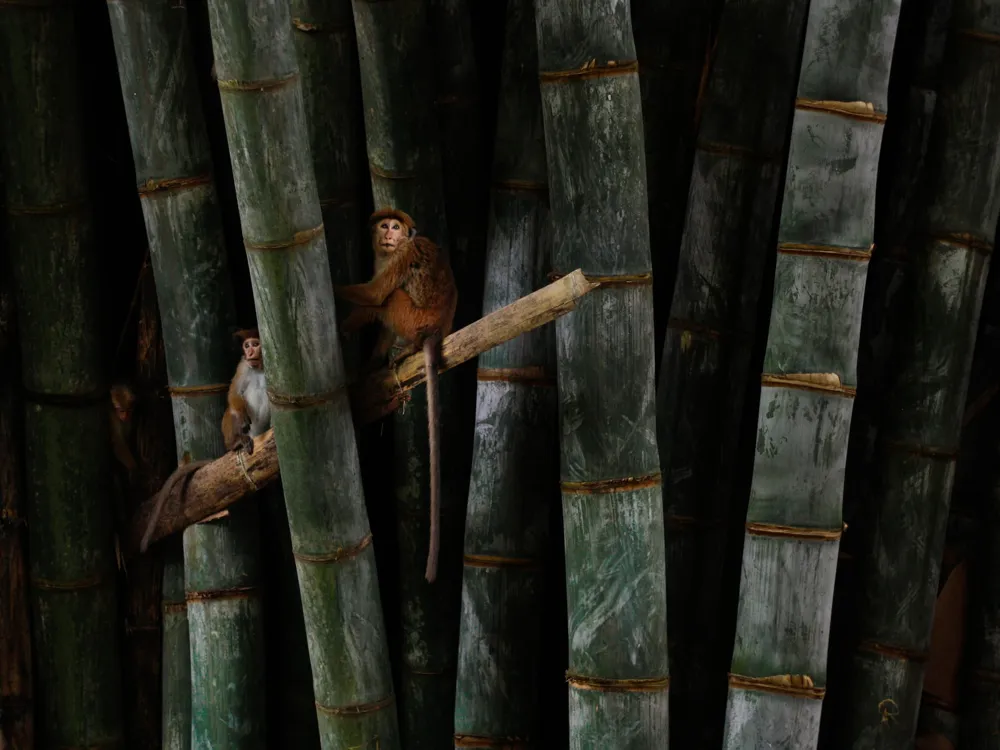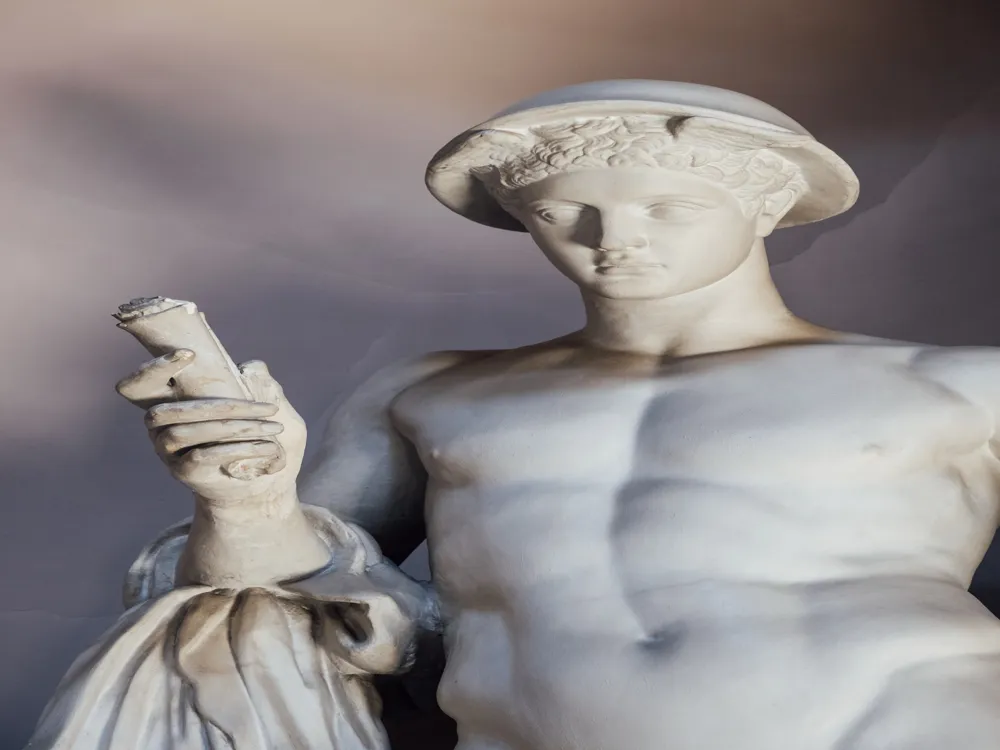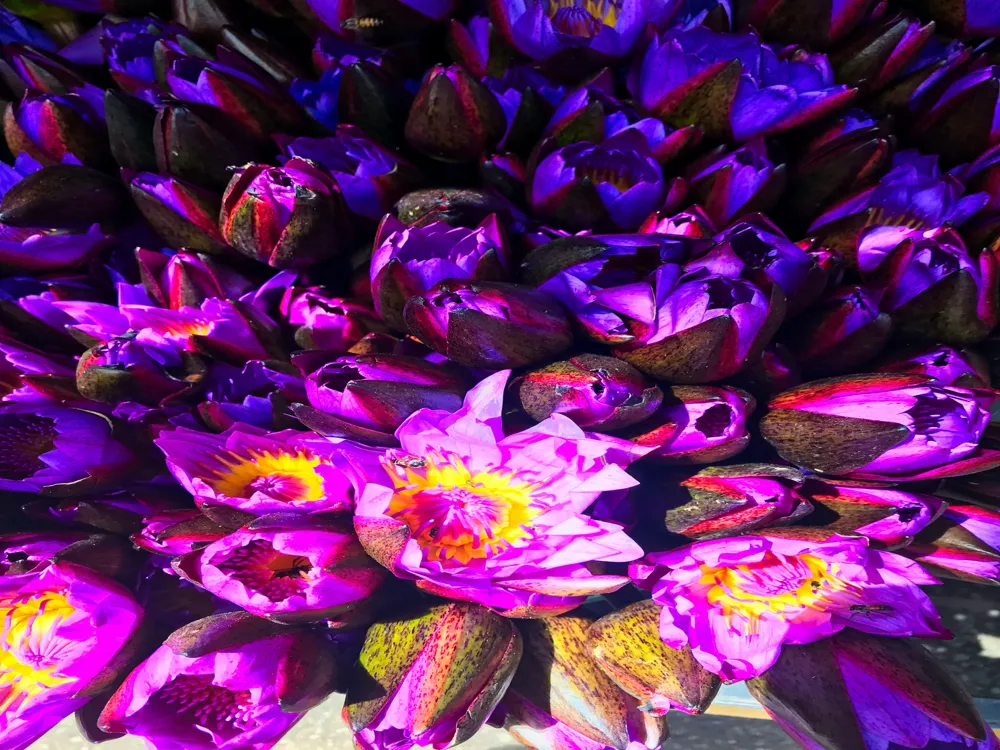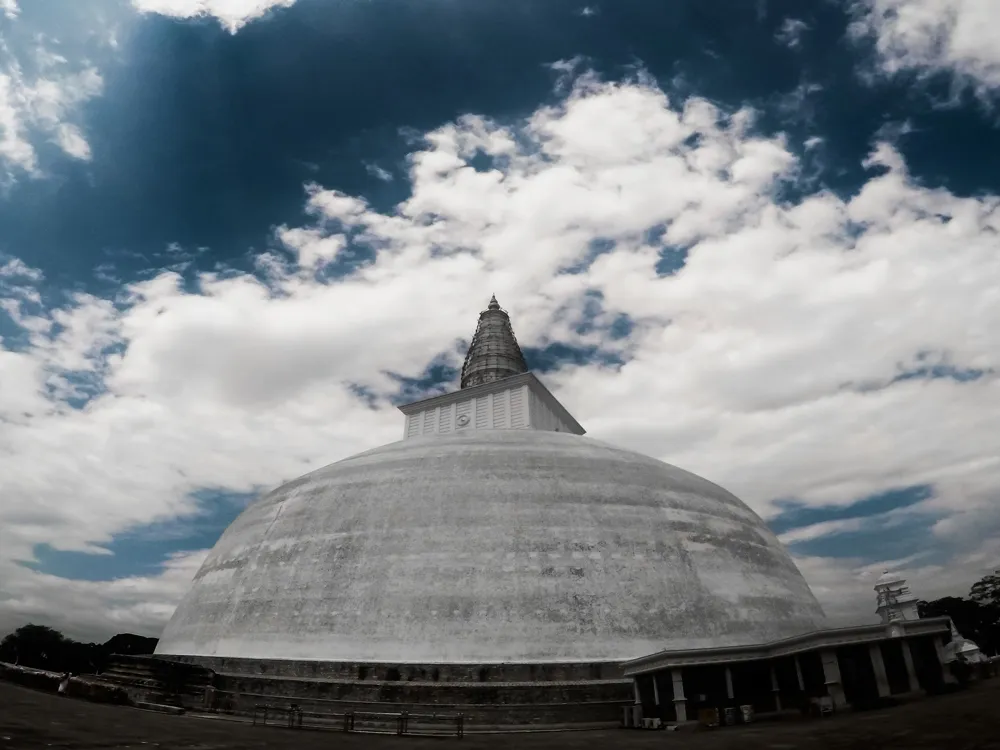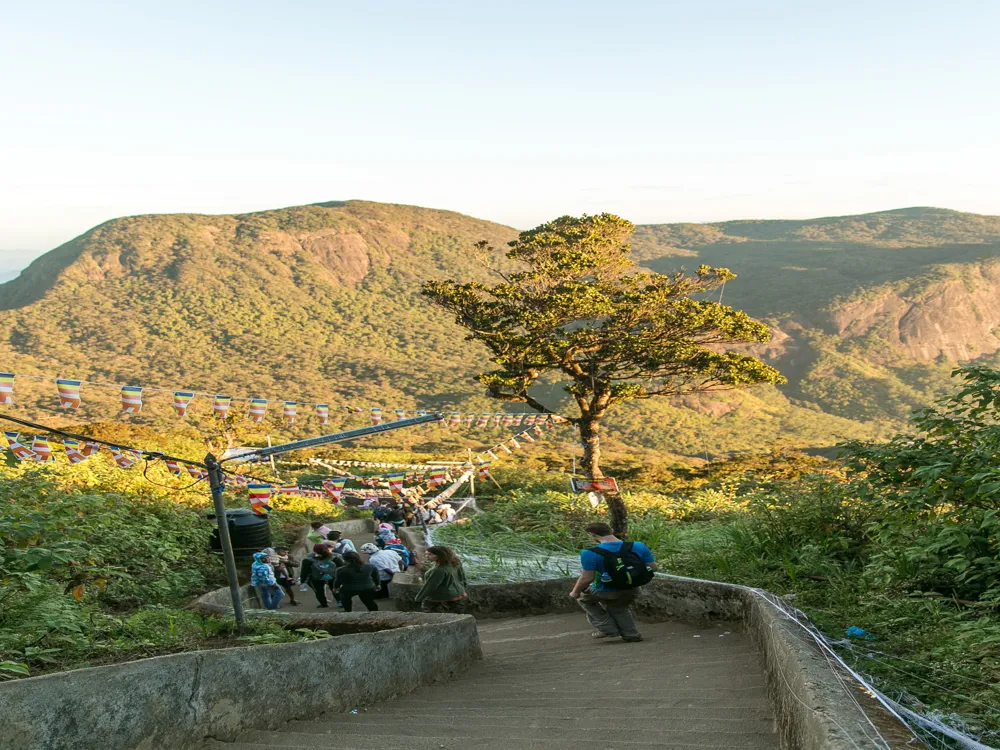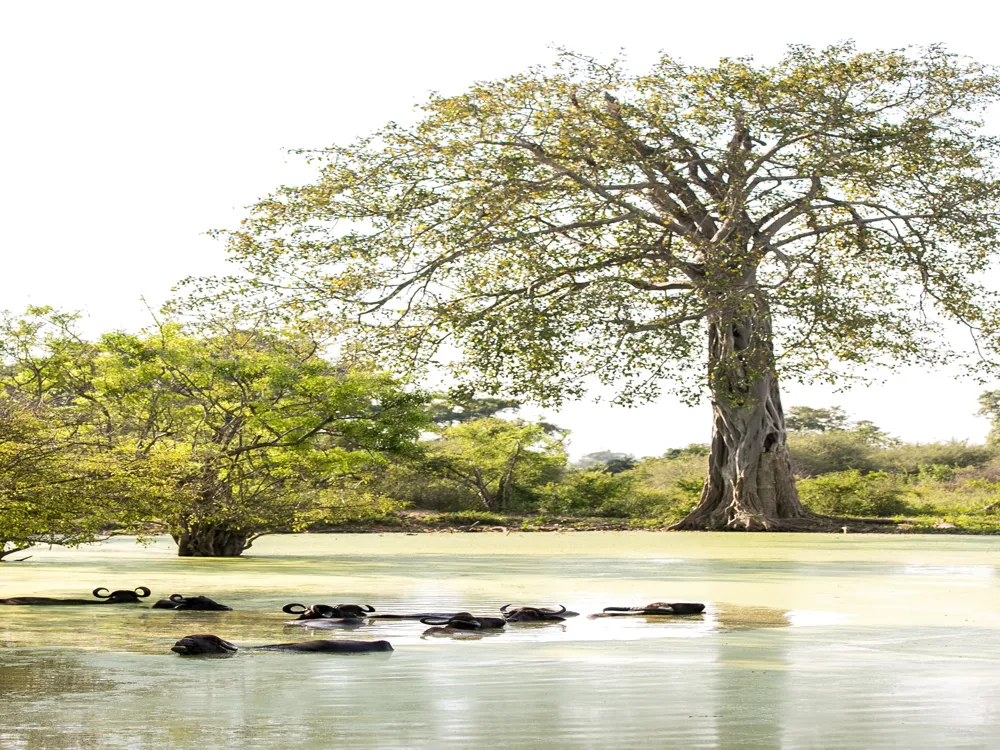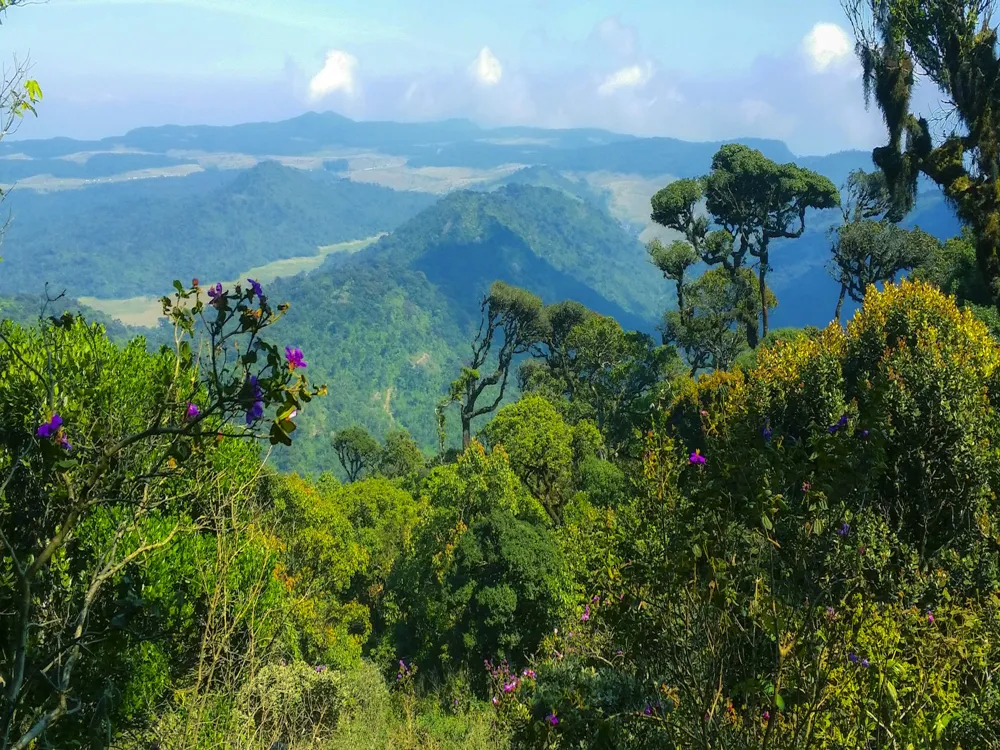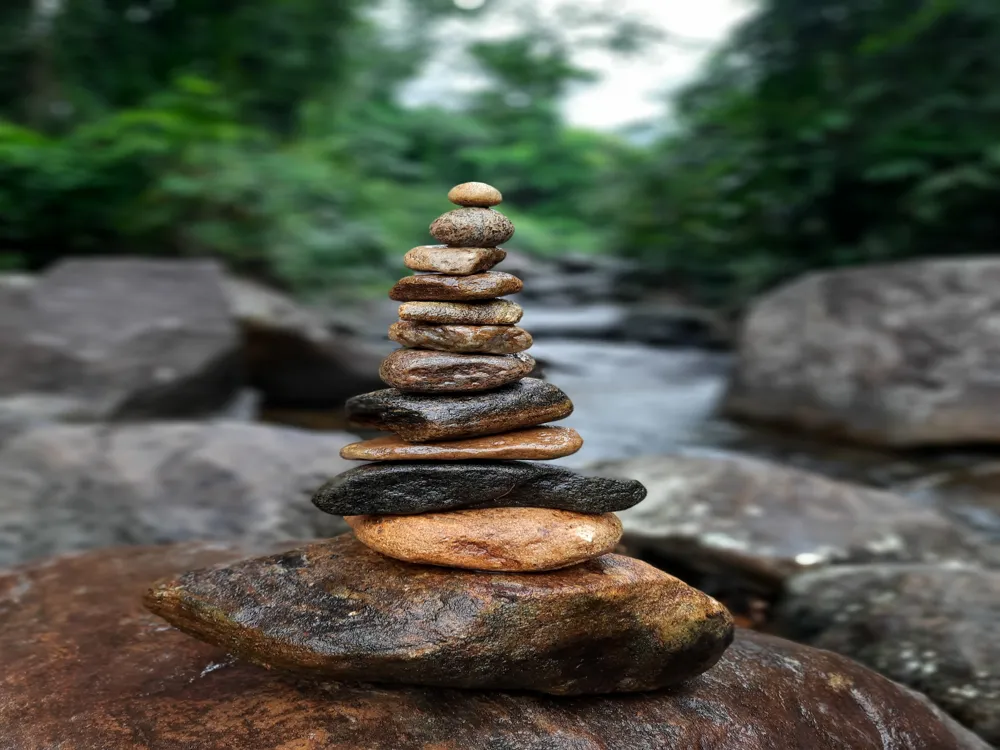The World Buddhist Museum in Kandy, Sri Lanka, stands as a testament to the widespread influence and diverse traditions of Buddhism across the globe. Established as part of the Temple of the Tooth Relic complex, this unique museum showcases the rich history and cultural significance of Buddhism from its origins in India to its expansion across Asia and beyond. Visitors to the museum are treated to an extensive collection of artifacts, manuscripts, and exhibits that depict the life of the Buddha, the spread of Buddhism, and its integration into different cultures and societies. The museum's exhibits are meticulously organized to guide visitors through a chronological and geographical journey. Each room is dedicated to a specific country, including India, China, Japan, Thailand, and others, displaying how Buddhism took root and evolved in these regions. Artifacts such as statues, paintings, and ritual objects, along with interactive multimedia presentations, provide an immersive experience. The museum not only highlights the religious aspects of Buddhism but also its influence on art, architecture, literature, and daily life in various societies. An important feature of the World Buddhist Museum is its focus on the unifying principles of Buddhism, while also celebrating the diversity found in its practice around the world. The museum's approach to presenting Buddhism in a global context makes it a unique destination for both practitioners of Buddhism and those interested in learning about world religions and cultures. The World Buddhist Museum of Kandy is more than just a museum; it's a bridge that connects the past and the present, the local and the global, and the religious and the secular. It offers a comprehensive and enlightening experience for anyone interested in understanding the global impact and cultural heritage of Buddhism. The architecture of the World Buddhist Museum in Kandy is a fascinating blend of traditional Sri Lankan and contemporary design elements, creating a space that is both reflective of its cultural heritage and modern in its facilities. The museum is housed within the former High Court building, a structure that dates back to the British colonial era, thus adding a historical layer to its significance. The building's exterior is characterized by classical colonial architecture with its stately façade, grand arches, and symmetrical layout. However, upon entering the museum, visitors are greeted by an interior that harmonizes the old with the new. The renovation and design of the museum's interior were undertaken with the aim of creating a space that is conducive to contemplation and learning, in line with the museum's purpose. Each exhibition hall within the museum is designed to reflect the cultural context of the country it represents. This is achieved through the use of colors, materials, and architectural motifs that are characteristic of each region. The thoughtful design ensures that as visitors move from one room to another, they are not only walking through different parts of the museum but also traveling across different parts of the Buddhist world. The museum also incorporates modern amenities and technologies. Interactive displays, climate control, and lighting systems are integrated seamlessly into the museum’s architecture, enhancing the visitor experience without detracting from the historical and cultural ambiance of the space. The architectural approach of the World Buddhist Museum serves as a physical manifestation of its mission: to showcase the diversity of Buddhism while creating a unified, coherent narrative. The blend of traditional and modern elements in its design underscores the museum's role as a bridge between the past and the present, and between different cultures influenced by Buddhism. The ideal time to visit the World Buddhist Museum is during the cooler months from December to April. This period offers pleasant weather, making your visit more comfortable and enjoyable. Visitors are advised to dress modestly, covering shoulders and legs, as a sign of respect. It's also important to maintain a quiet demeanor within the museum to preserve the sanctity of the space. Photography is allowed in most areas of the museum, but flash photography and videography may be restricted in certain sections. Always check for signs or ask staff for guidance. Consider taking a guided tour for a more informative experience. Guides can provide deeper insights into the exhibits and the history of Buddhism. The museum is accessible to visitors with disabilities, offering ramps and other facilities to ensure a comfortable visit for everyone. The World Buddhist Museum is located in the heart of Kandy, making it easily accessible by various modes of transportation. For those traveling by public transport, buses and trains regularly service Kandy from major cities in Sri Lanka. Once in Kandy, the museum is a short walk from the Kandy Lake, situated near the Temple of the Tooth Relic. For visitors driving to the museum, parking facilities are available in the vicinity. Read More:Overview of the World Buddhist Museum of Kandy
Architecture of the World Buddhist Museum
Tips When Visiting the World Buddhist Museum
Best Time to Visit
Dress Code and Conduct
Photography Rules
Guided Tours
Accessibility
How to Reach the World Buddhist Museum
World Buddhist Museum
Kandy
₹ 13,368 onwards
View kandy Packages
Weather :
Tags : Museum
Timings : 9:00 AM - 7:00 PM
Time Required : 1.5 hours
Entry Fee : LKR 1250
Planning a Trip? Ask Your Question
Also Refered As:
International Buddhist Museum
Kandy Travel Packages
View All Packages For Kandy
Top Hotel Collections for Kandy

Private Pool

Luxury Hotels

5-Star Hotels

Pet Friendly
Top Hotels Near Kandy
Other Top Ranking Places In Kandy
View All Places To Visit In kandy
View kandy Packages
Weather :
Tags : Museum
Timings : 9:00 AM - 7:00 PM
Time Required : 1.5 hours
Entry Fee : LKR 1250
Planning a Trip? Ask Your Question
Also Refered As:
International Buddhist Museum
Kandy Travel Packages
View All Packages For Kandy
Top Hotel Collections for Kandy

Private Pool

Luxury Hotels

5-Star Hotels

Pet Friendly








